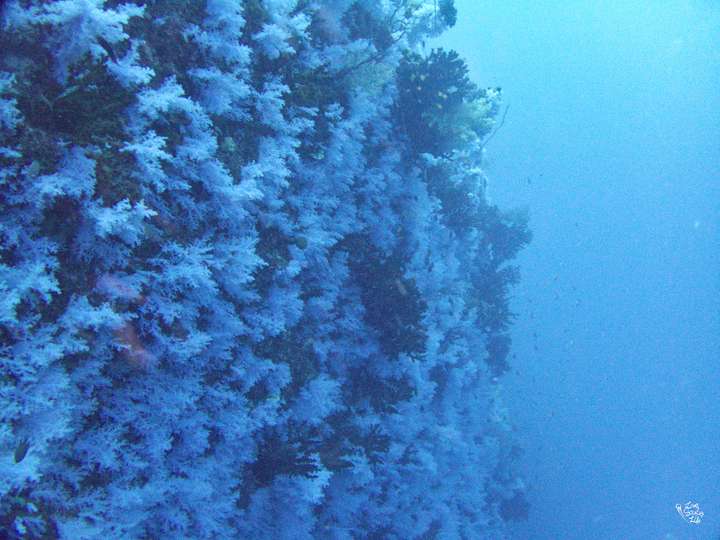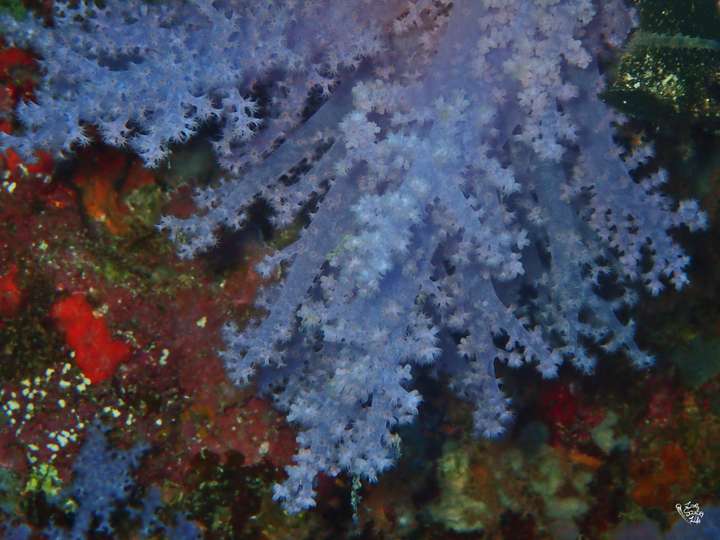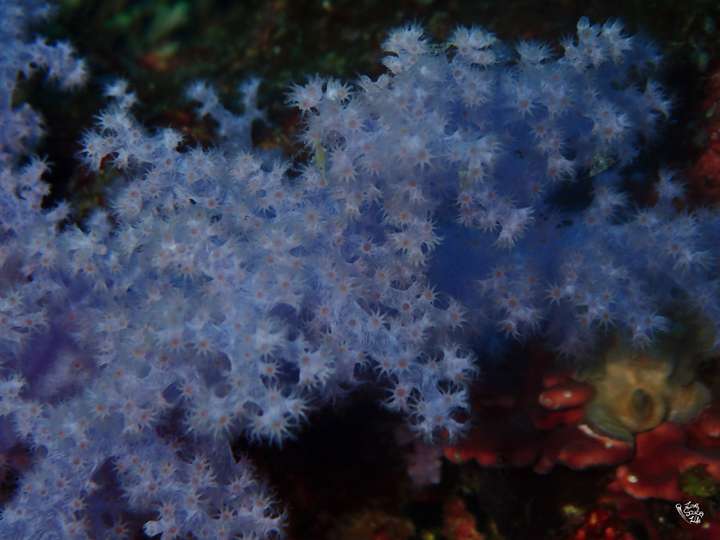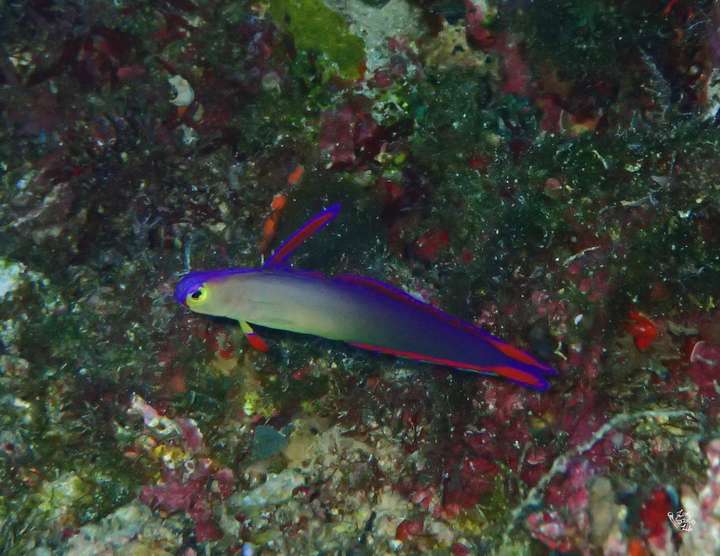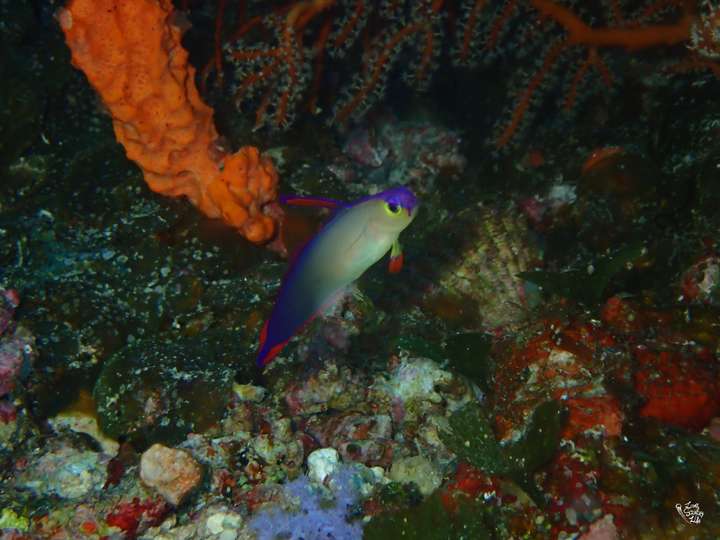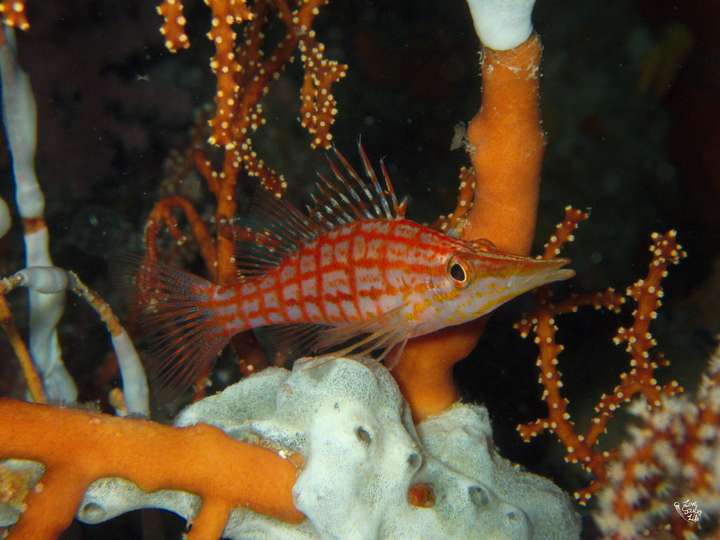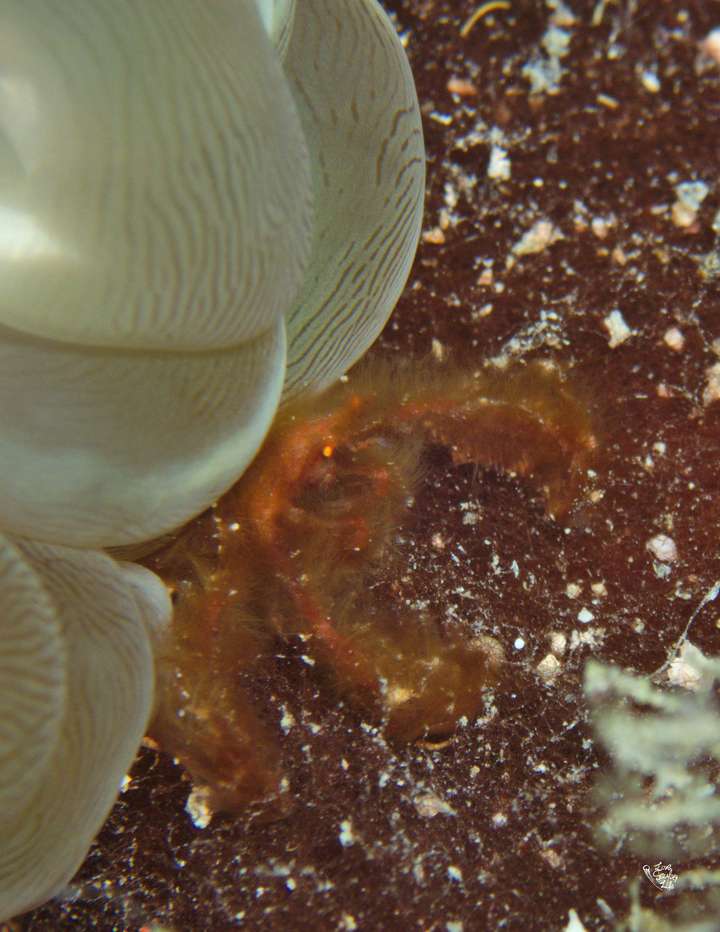Fiji - Diving at Great White Wall
My favourite dive site Great White Wall in Rainbow Reef. This spectacular wall is covered with white soft coral from around 25 meter and it goes down to 60 meter. The coral opens up and blooms in an almost luminescent display of snowy whiteness.
Timing is important
What make the wall so wonderful is the strong tidal current which pushes large amounts of water through the narrow and shallow passage of the Somosomo Strait. It brings plankton and other nutrients to the reef.
When the current is passing through with nutrients it is the feeding time for the soft coral and we would see the soft coral opens up and bloom. The best timing to see the wall with blooming soft coral is after the strong current pass through and before soft coral closes again.
The current at the Great White Wall can be crazy sometimes. It changes with the moon cycle plus other factors like wind and tide etc. The slackest current occur during half moon and the strongest currents happen around full moon and new moon.
Because of the strong current, you can not dive there any time or every day. If you want to dive this spectacular wall, you would need to take it in consideration in your dive trip planning and it's best to enquire with the dive shop for best chance of diving this spectacular site.
The Great White Wall is not something you would want to miss if you are in Taveuni Island. Of course, there are a lot of fantastic dive sites in Rainbow Reef even you miss the Great White Wall.
Highlighted marine life
Apart from the amazing scenery of soft coral and pelagic fish you may encounter at the wall, there are some special marine life living at this wall and you would not want to miss them.
The first one is decorated dart fish, a colourful and elegant dart fish. They have a pale head and fore body shading to purplish at the rear body, a violet snout and striped dorsal fin and violet & red marked fins. They generally live on sand or rubble patches at reefs from 28 to 68 meters (90 to 220 feet).
The great white wall is probably the easiest site that you can see them in Rainbow Reef. When you are at the wall around 23 to 28 meters (75 to 90 feet), pay attention to ledge areas. That is where they live. They are really shy, approach slowly or watch them from some distance, if you approach too close, they will dart into burrows. They can be solitary or in pairs.
The other highlighted sea life is longnose hawkfish, they are widely distributed in Indo-Pacific and East Pacific, however, it is uncommon to rare in most of its range and it is a territorial species. They are typically found on steep outer reef which are exposed to strong currents, usually below 25 meters (82 feet). Great White Wall provide the great condition for longnose hawkfish to inhabit.
They have signature long "needle-nosed" snout, in white colour with red bars and stripes forming netted pattern of squares. Pay attention to sea fans at the wall when you are in deep, they live among the branches of sea fans, you will likely to spot them there.
Another special creature you can spot at the Great White Wall is the Orangutan crab, they are small decorated crab with a maximum carapace size of 2cm, covered in a rusty-red coat of fine hairs with very long legs. They typically live in bubble coral and hide themselves in daytime.
You have chance to see them at the Great White Wall, they are found living in the bubble coral at the wall, they can be very camouflaged and most of their body are often hidden in the bubble coral. I highly recommend you to spend some time to look at the bubble coral at the wall, take the chance to see this amazing little creature.
Ask you dive guide, they would know where to find these creatures for you.

